How Inclusive Education Developed in Newham
The following is an interview with Linda Jordan (LJ), Teacher and Parent, conducted by Richard Rieser (RR).
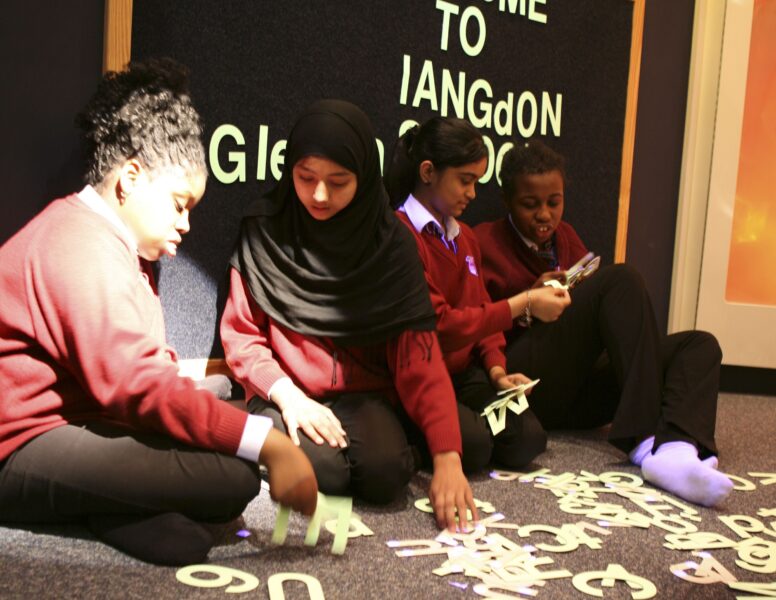
RR: Tell us, Linda, about yourself and when you had a Disabled daughter?
LJ: I have lived in Newham most of my life. When my first child, Ellen, was born in 1982 I was working as a secondary school teacher. It was immediately obvious that Ellen had been born into a society which thinks disability is a problem. Her arrival was shrouded in ambiguity. Me and Ellen’s Dad wanted a baby and were not concerned that she had Down’s syndrome. We had been involved in campaigns for peace and justice for many years and believe passionately that all human beings are equally valuable and should be equally valued.
I was immediately confronted by professionals who didn’t know what to do, who were scared to look at me. I found myself having to explain to them that their attitudes were wrong, and that Ellen would have an ordinary life.
A few years before Ellen was born, at university, May Warnock, my philosophy tutor, had recently chaired a government committee of inquiry into the education of Disabled children. I learned from Mary that large numbers of Disabled children were still in segregated education. Mary shared that this had been one of the most controversial issues she had ever been asked to examine, mainly due to vested interests. I was shocked. I had been out of the education system for nearly fifteen years and had no idea that Disabled children had a separate education. When I started teaching, I wanted to be a teacher of all children.
Soon after Ellen’s arrival, I met Anna, Laura’s Mum (another Disabled child). Anna explained that there was a new law that meant our children would go to their local schools. I discovered that the Warnock Report had led to this legislation.
Newham Parent’s Centre hosted several programmes focused on equality in education. They set up the Parent Support Network, which attracted many parents who wanted inclusive education. The parents made a pact that our children would go to mainstream schools, and we would support each other.
We met the Chair of the Education Committee who responded positively. A working party was set up with five parents invited to join, alongside Council officers, heads and teacher representatives. We began meeting in 1984 with those of us who wanted to end segregation and those who didn’t. For eighteen months we had difficult meetings. A special school head teacher publicly characterised me as an ‘extremely dangerous woman, who did not like having a disabled child’.
The outcome of the working party was a minority report signed by the parents and a teacher and a majority report.
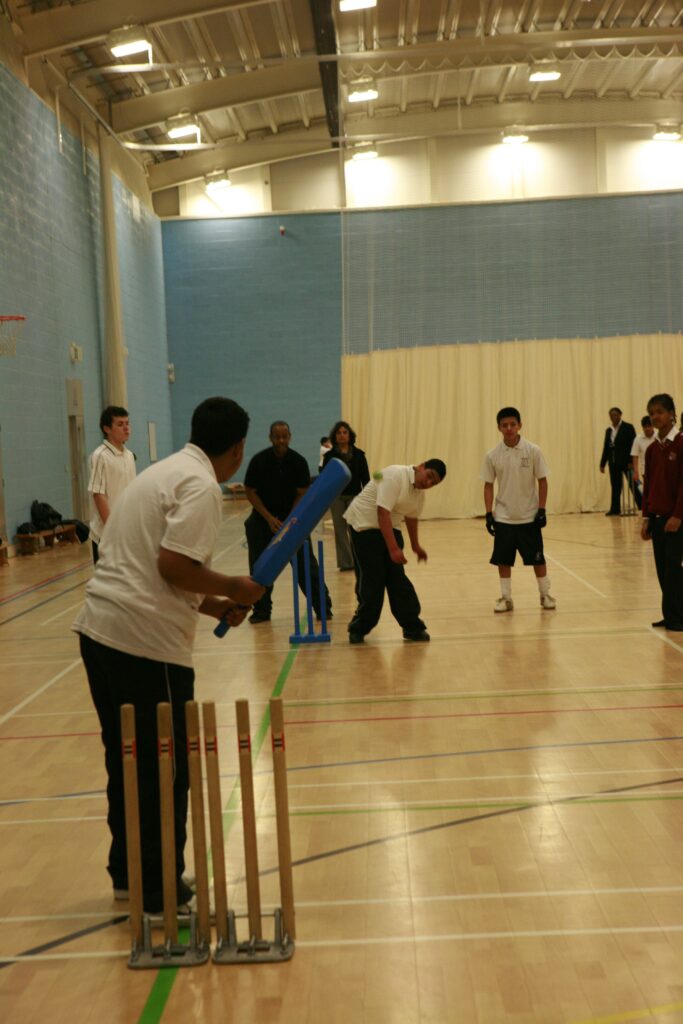
8 Feb 2008
RR: What happened to these two reports?
LJ: The reports went to the Education Committee for consideration and the Chair asked for a report based on a consensus. The local Labour Party was preparing for the 1986 council elections. My local branch suggested that I should stand for election to provide the leadership required to develop inclusive education. I was elected in May 1986, determined to implement the manifesto commitment to inclusive education.
At the first Labour Group meeting I presented a one-page motion which included:
“Newham Council believes that segregated special education is a major factor in the discrimination and prejudice faced by disabled people. We believe that de-segregating special education is the first step in tackling this prejudice. Disabled people have been omitted from previous equality initiatives and it is now obvious that our aim of achieving comprehensive education will remain hindered while we continue to select 2% of children for separate education… It is also the right of children without disabilities to learn that people are not the same and those who happen to have a disability should not be treated differently, any more than they would if they were from a different ethnic background”.
This was passed unanimously.
RR: That’s amazing. So that was in 1986?
LJ: Yes. Several councillors were very supportive of the special schools and were quite rightly concerned about what would happen. People were nervous. This was a big deal, and it was hard to imagine how it could work. I guaranteed we would do nothing that would have a detrimental impact on children and that we would work with parents. People were reassured.
A report went to the Council, and it was agreed a steering group would oversee implementation. First steps were for children from 1987 to start at their local nursery and be supported by a newly created learning support service. The new service was led by a teacher from one of the special schools. Chris was amazing. She had so much experience and was completely committed to inclusion. The climate in Newham was ready for inclusion.
We met the education unions. As Chair of the Education Committee, I wanted a partnership with the unions. I wasn’t deeply involved in the detail of this, but I delegated to my officers and the Union Reps to come up with a policy to protect jobs while we restructured. The sensible agreement was made. It just said there would be no compulsory redundancies, that every staff member who wanted to, would be able to keep within the system and they’d be trained. It was a genuine agreement that both sides were happy with.
As more children attended their local schools, it was obvious that special schools would close at some stage. The first school to close was for children with behaviour difficulties. Very few children were attending, the head teacher was off sick, and nobody was happy. The statutory consultation with parents and staff created no opposition. The closure enabled the creation of a secondary behaviour support service that was quickly successful.
A hurricane in Autumn 1987 blew the roof off a special school. The school was quickly relocated, and we started to consult on the closure of the school. We met parents and asked them to do “blue sky thinking” about what they would want for their children in an ideal world. Two parents were not happy, but the rest came up with creative ideas. Some parents wanted their children to go to their local school, but others came up with the idea of a “resourced school”. Staff either joined the learning support service or relocated to the new resourced mainstream schools.
At Newham School for the Deaf, children were not allowed to use BSL. The school was supported by the deaf community locally, but once people heard about the ethos of the school and our proposals for two resourced mainstream schools, they supported the proposals. The two resourced schools included the whole range of specialist staff.
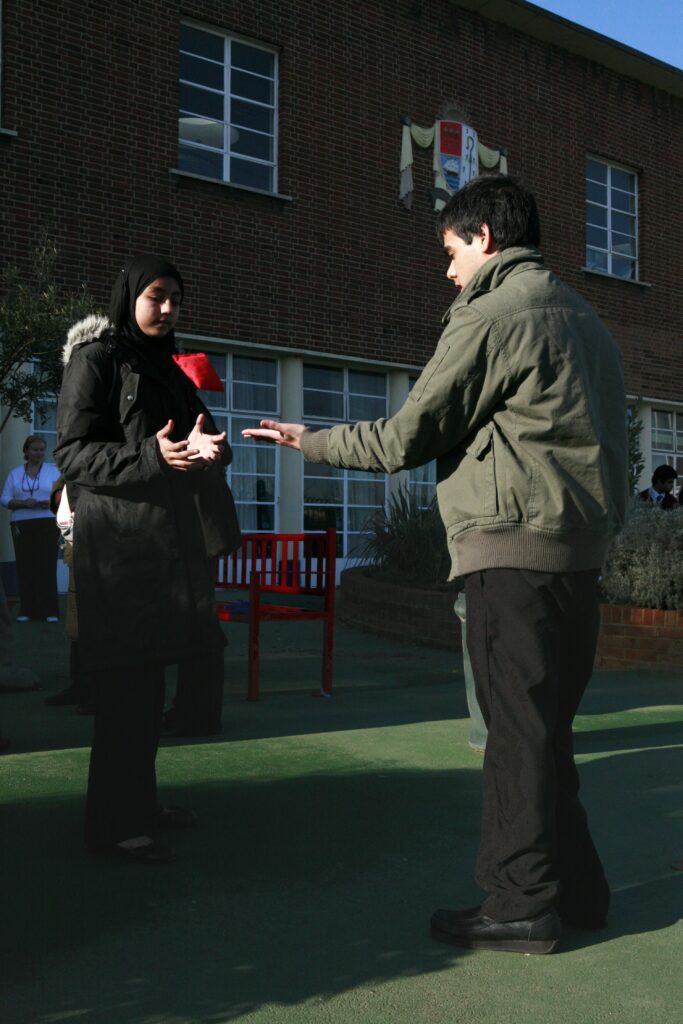
8 Feb 2008
RR: In the end, how many special schools did actually close?
LJ: It was six. Eleanor Smith, the primary school for children with behaviour difficulties would have been the 7th. The school put forward a proposal that they become a primary behaviour support service, working with mainstream schools to be confident in supporting these children.
The remaining special school was John F Kennedy. During this period, the school worked to include children in their neighbourhood schools. The school roll had reduced to 20 by the time I left the Council in 1994.
RR: You initiated a big change, with a lot of consent from both teachers and parents. That was the key, wasn’t it? And building those support teams.
LJ: Definitely. And I was very fortunate to have amazing support from so many people. The things that made inclusion possible were:
- Positive relationships with parents
- An agreement with the unions
- Learning and behaviour support services
- School improvement – inspector and advisory teachers
- An Education Psychology service committed to inclusion
- Induction for all new staff and an ongoing training and development programme including for school governors
- Close relationships with relevant research departments at universities
- National and International connections with others developing inclusive education
- Political leadership
- Director level support
The learning and behaviour support services worked day-to-day around individual children supporting their class and subject teachers. The inspectors and advisory teachers were responsible for quality assurance and curriculum development. They worked together to provide the ongoing training and development.
RR: More recently we’ve had heads appointed who don’t agree with inclusion and that is one of the big problems. Do you think the programme that you had in the 80s / early 90s would have stopped those people even coming to work there?
LJ: Yes. From the mid-1980s people were attracted to work in Newham for all sorts of reasons but certainly the inclusion policy was number one. People who did not support inclusion chose not to work in Newham. Teachers reported that having such a diverse community of children made them better teachers.
RR: Tell me about the purpose-built schools, like Cleves and North Beckton.
LJ: Yes, it was a great to be able to build new schools. The population was growing, particularly following the docklands developments. We worked with parents and architects to design the schools. Cleves and North Beckton primaries and Royal Docks secondary were specifically built to include children with profound and multiple learning disabilities. It is important to stress, however, that any school can be inclusive, but it was nice to be able to design some schools from scratch. Royal Docks was built without the need for stairs, so the whole of the school is accessed via a central circular rising walkway.
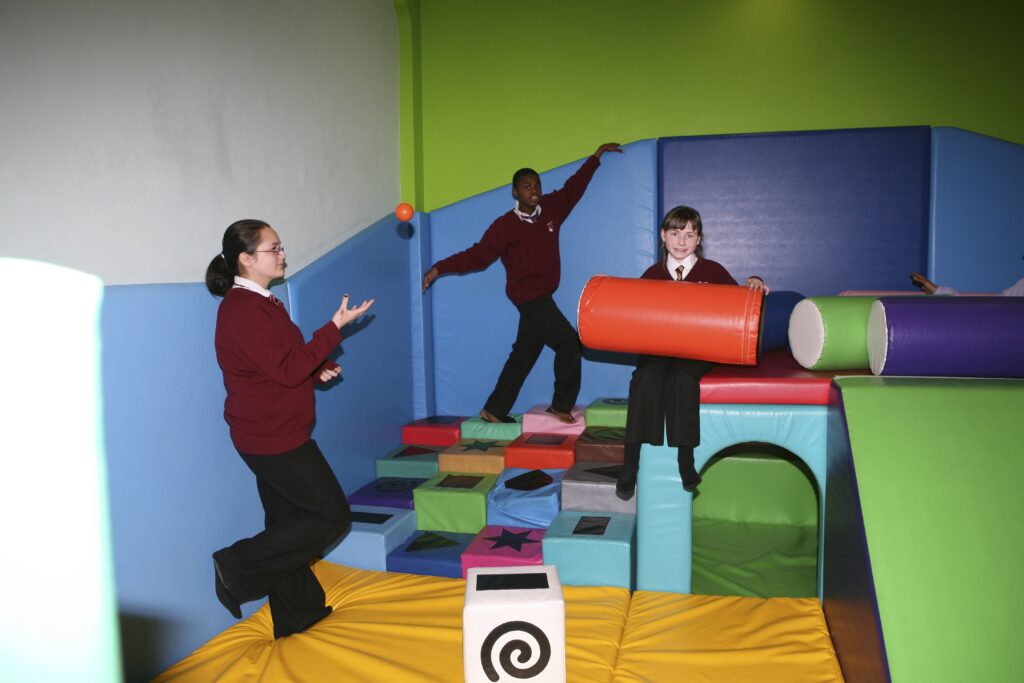
8 Feb 2008
RR Why do you think Inclusion lasted for a long time and has now run into problems?
LJ: Inclusion in Newham schools has sustained because the policy was so strongly embedded. Newham still has less children attending special schools than any other area of the country. However, national developments have had a negative impact. There is even a proposal to build a new special school in the borough. I suppose when I was on the Council, I provided the necessary leadership and clarity of purpose.
RR There isn’t now a champion on the Council. You were the champion, weren’t you?
LJ: Yes, in a way. My experience as a parent and a teacher gave me the advantage of understanding the system and the knowledge that any child can be included if we work out how. I provided the leadership that gave the officers and head teachers the confidence.
RR: An independent report commented that having to cater for children with serious learning difficulties helped schools make better provision for all pupils. This is born out in 1997-2000 when Newham schools had the biggest improvement nationally in the GCSE results of all pupils in grades A-G. Many children labelled as having severe learning difficulties are now passing exams. In addition, the numbers of exclusions have been falling whilst they have been rising in most other areas of the country. By 2003, the Labour Government became obsessed with academic outcomes, PISA tables, Literacy and Numeracy hours and a tighter Inspection Regime with OFSTED.
LJ: Yes, all that is true and proved inclusion worked. We avoided those later changes for quite a long time. But eventually as people committed to inclusion retired and the policy ceased to have the same political priority, the national move away from inclusion began to have an impact in Newham. Some head teachers started to speak about inclusion going too far in Newham. And of course, academisation had an impact too.
RR: Yes, I remember taking educationalists from around the world to Cleves. Then the head left, and the new head started to segregate the Disabled children within the school.
LJ: Yes, that is true but fortunately that didn’t last long, and the new management put the school back on track.
Things started to change nationally around 2004. It was not until around 2016 that the changes really hit Newham. Most of the officers who had supported inclusion had retired. The whole atmosphere in education changed. We were now in the era of academisation and a focus on norm referenced outcomes. This does not support diversity and inclusion. We know from the national statistics that we have more children being excluded than ever, more children being home educated or without a school place and more children attending segregated special schools.
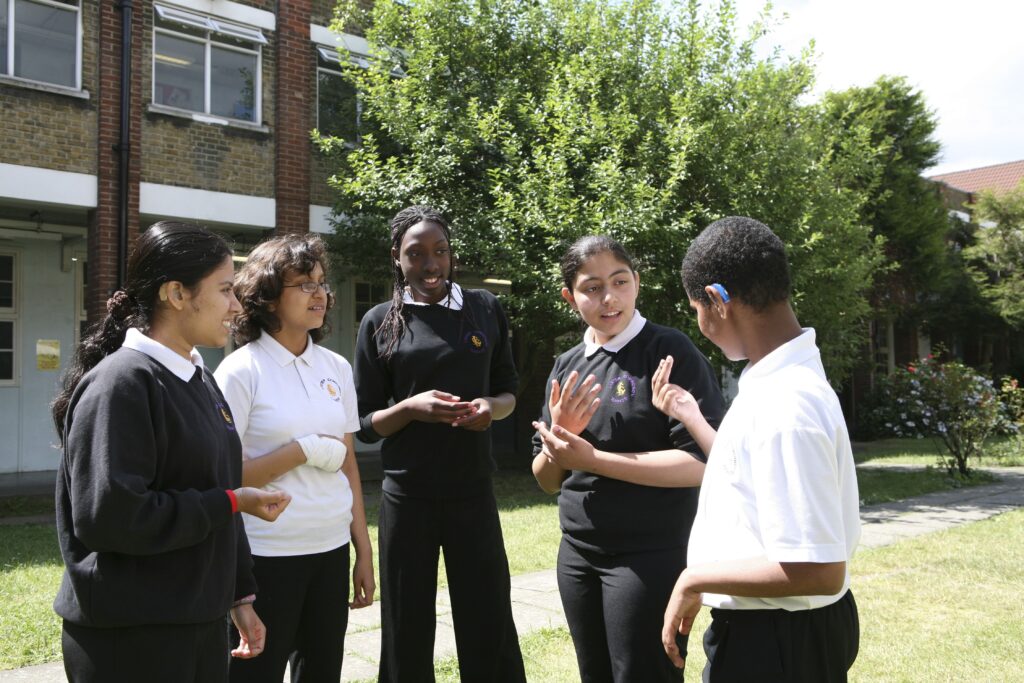
4 July 2008
![Allfie [logo]](https://www.allfie.org.uk/wp-content/themes/allfie-base-theme/assets/img/allfie-logo-original.svg)



